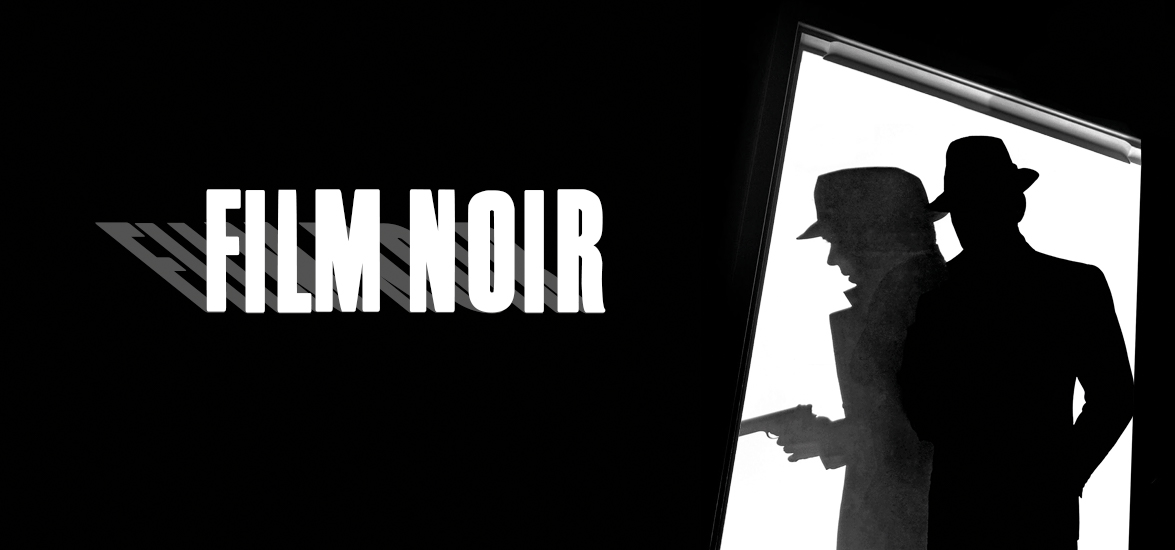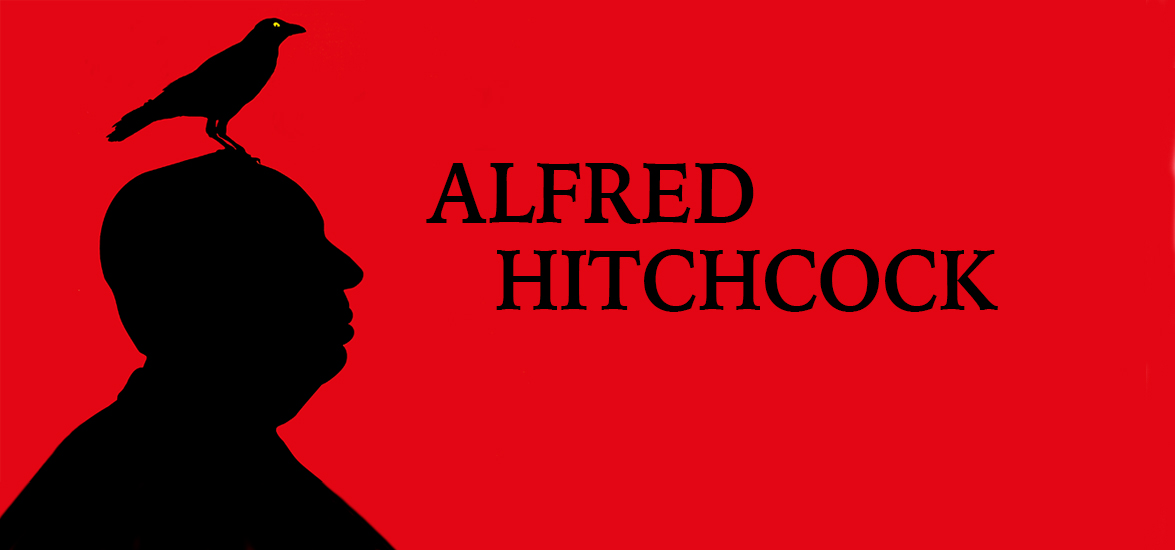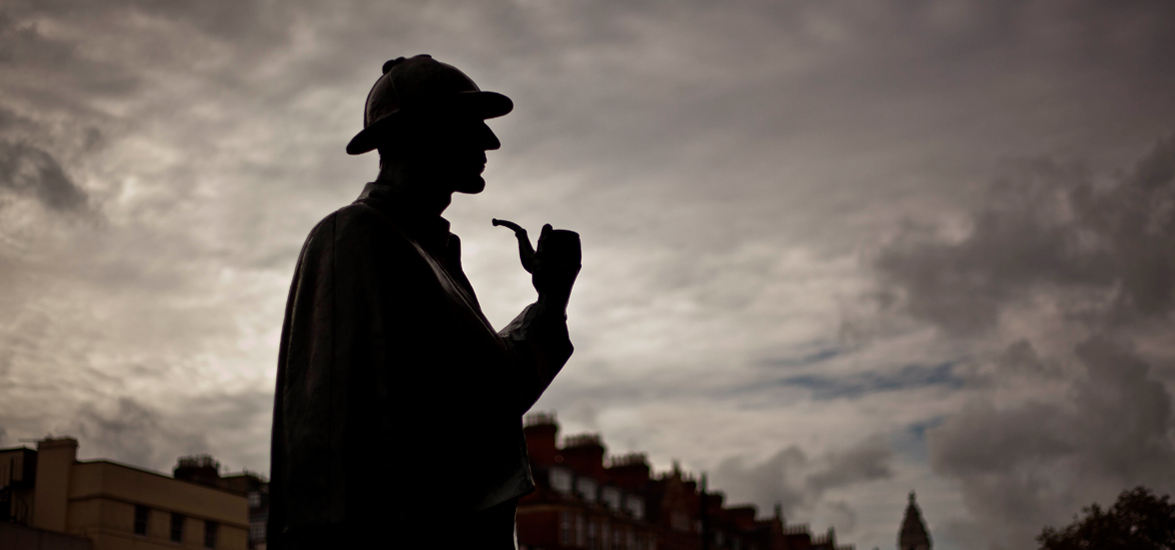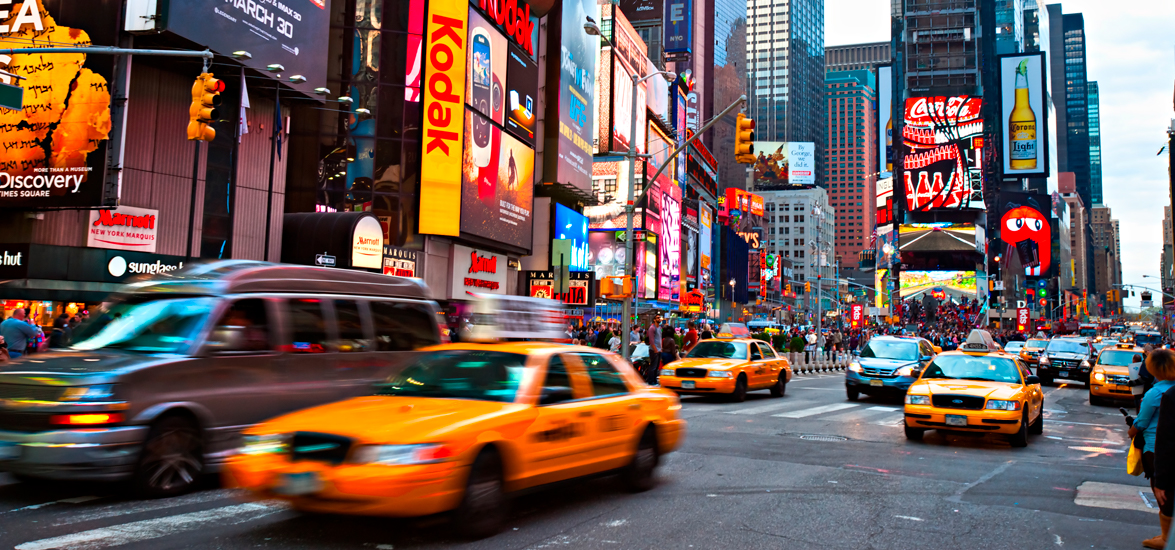
Cézanne
PAUL CÉZANNE (1839-1906): Father of Modern Art ‘I point the way. Others will come after.’ The Post-Impressionist Cézanne was, according to Picasso, ‘the father of us all – my one and only master!’ Braque’s revolutionary Cubist painting Houses at l’Estaque (1908) owes everything to Cézanne. The critic who coined the term ‘Cubism’ was being rude when he wrote that Braque ‘reduced everything, places and figures and houses, to geometric schemes, to cubes.’ But it was essentially what Cézanne invented: the Read More









